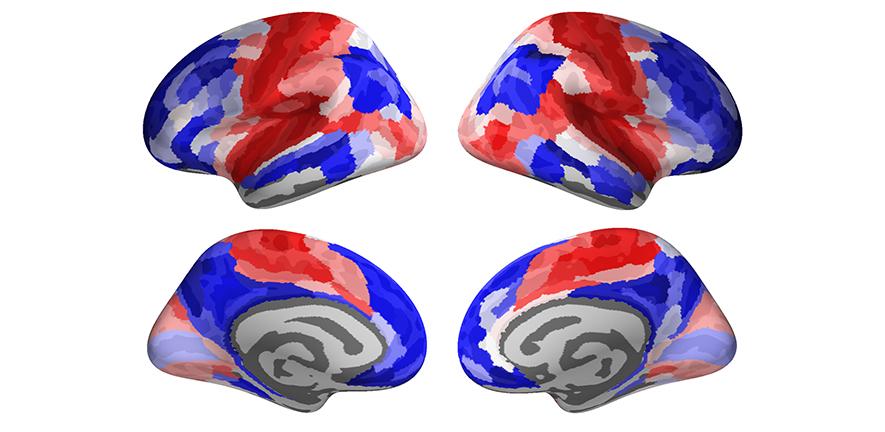
"We're highlighting the brain functions of grandmothers that may play an important role in our social lives and development," says Minwoo Lee, an Emory graduate student and co-author of the study. "It's an important aspect of the human experience that's been largely left out of the field of neuroscience."By Carol Clark: Many people lucky enough to have grown up with doting grandmothers know that they can burnish a child’s development in unique and valuable ways. Now, for the first time, scientists have scanned grandmothers’ brains while they’re viewing photos of their young grandchildren — providing a neural snapshot of this special, inter-generational bond.Proceedings of the Royal Society B published the first study to examine grandmaternal brain function, conducted by researchers at Emory University.“What really jumps out in the data is the activation in areas of the brain associated with emotional empathy,” says James Rilling, lead author and professor in Emory's Department of Anthropology and Department of Psychiatry and Behavioral Sciences. “That suggests that grandmothers are geared toward feeling what their grandchildren are feeling when they interact with them. If their grandchild is smiling, they’re feeling the child’s joy. And if their grandchild is crying, they’re feeling the child’s pain and distress.”In contrast, the...




